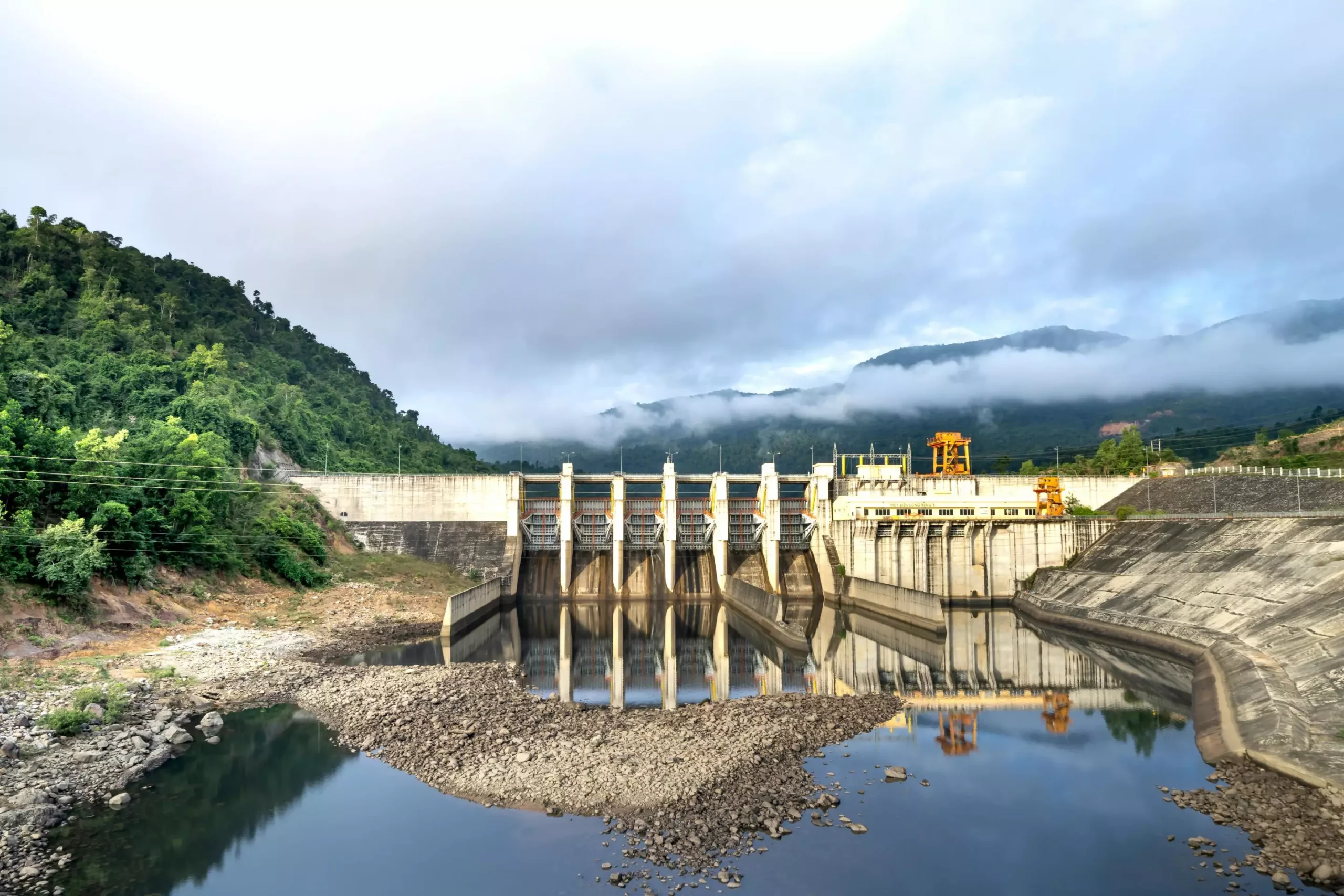Hydropower has long been celebrated as a cornerstone of renewable energy, providing a significant portion of the clean electricity generated across the United States. However, recent analyses reveal that this resource may not be as infallible as previously thought, especially during periods of extended drought. Researchers from The University of Alabama have undertaken a study to assess the intricate relationship between hydropower generation and drought, uncovering alarming trends that could have serious implications for energy policy and climate resilience.
The research, published in *Environmental Research Letters*, focused on an 18-year timeline from 2003 to 2020, during which researchers evaluated the impacts of drought on hydropower output. Their findings paint a stark picture: an estimated nationwide revenue loss of $28 billion attributable to reduced hydroelectric power generation. This figure is not merely an academic statistic; it translates to tangible economic repercussions, as utilities are often forced to procure additional energy from alternative sources, typically fossil fuels.
The study highlights a critical mindset shift needed in how we perceive hydropower’s reliability. Traditionally, discussions around climate vulnerabilities have leaned heavily towards concerns of flooding and its catastrophic consequences. However, this research spotlights drought as an equally destructive force in the hydropower landscape. The importance of incorporating drought resilience into long-term energy planning cannot be overstated.
Differential Vulnerability Across States
The study further delved into the varying levels of vulnerability to drought experienced by different states, emphasizing that reliance on hydropower does not uniformly translate to risk. For instance, Nevada emerged as a surprising outlier; despite its generally dry climate, the presence of substantial storage facilities, such as the Hoover Dam, has significantly fortified its capacity to mitigate drought impacts. This example underscores the necessity of robust infrastructure in bolstering energy resilience.
In contrast, states with a heavier dependence on hydropower, such as Alabama, face more significant challenges during drought conditions despite having a lower vulnerability coefficient. The findings suggest that state-specific resources and adaptability measures dictated by ecological factors, including soil moisture levels, are critical to understanding and improving regional responsiveness to drought.
One of the most concerning revelations from the study is the environmental fallout from reliance on alternative energy sources during drought-induced hydropower losses. States compelled to supplement their energy shortfalls with natural gas have experienced a marked increase in greenhouse gas emissions—specifically, a 10% rise in carbon dioxide (CO2) emissions and a 24% surge in nitrogen oxides (NO2). While this uptick may not seem monumental in isolation, it emphasizes the interconnectedness of energy policy and environmental health.
The implications of this research extend beyond mere statistics. As the country grapples with climate change, failing to account for drought’s impact on energy infrastructure may lead to an exacerbation of both economic and environmental crises. The reliance on fossil fuels not only counteracts the benefits of renewable energy but also prioritizes short-term problem-solving over long-term sustainability.
Towards a Resilient Energy Future
As we look to the future, addressing the challenges posed by drought on hydropower generation must take precedence within energy policy discussions. Effective strategies should incorporate diversification of energy resources, improved water management techniques, and enhanced infrastructure capable of adapting to climate variability.
The distinct vulnerabilities illuminated in this research serve as a clarion call for policymakers to prioritize state-specific approaches and investments in infrastructure. By doing so, we can establish a more robust and resilient energy system that not only meets current needs but also secures the sustainability of hydropower in an uncertain climate landscape.
The study conducted by The University of Alabama is a salient reminder that hydropower, despite being a clean alternative, is not immune to the vicissitudes of climate change, particularly drought. To safeguard the future of renewable energy, we must embrace a comprehensive understanding of vulnerability factors and commit to proactive, innovative responses.

